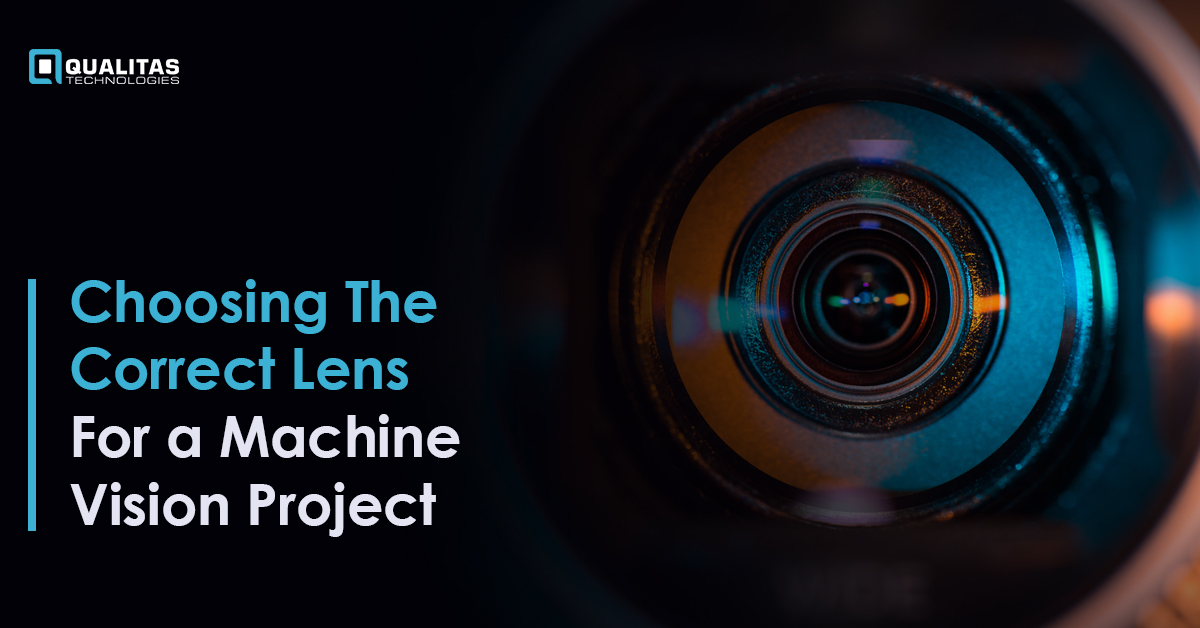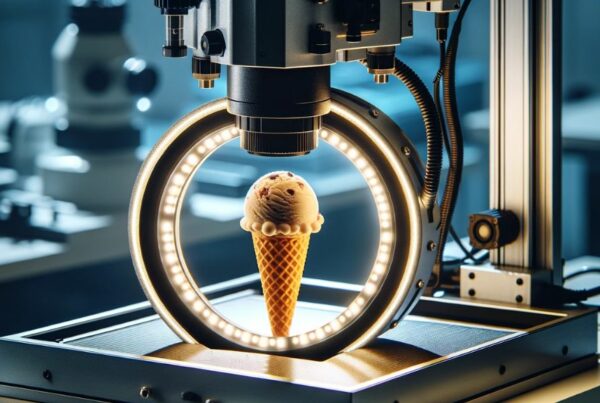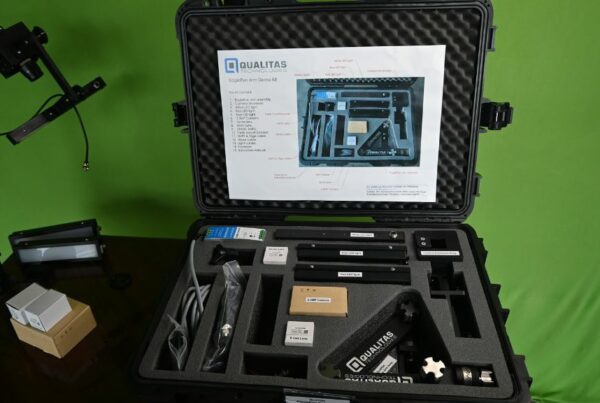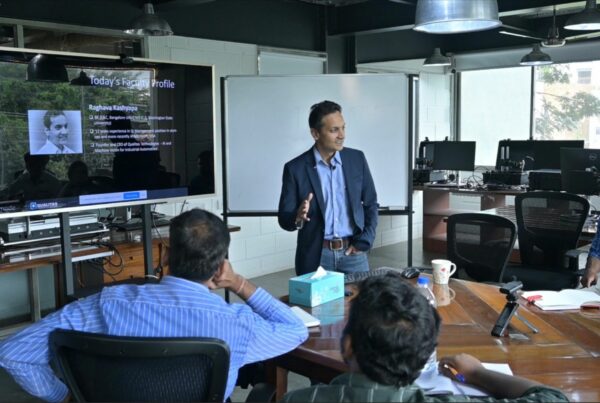
Introduction
All machine vision systems have a common objective, which is to capture and analyze optical data so that the dimensions and features can be inspected and decisions be taken accordingly. Despite the fact that machine vision systems induce tremendous accuracy and enhance productivity considerably, they rely heavily on the quality of the image that they are fed. This is because these systems do not analyze the subject itself, but its captured image. Because they lack powerful information processors, they cannot function well with inconsistent and poor visual data. Clearly, the lens and the combination of lens used plays a pivotal role in generating high-quality and consistent images. Lenses also affect other significant parameters like the achievable speed, accuracy, reproducibility, and the reliability of the further analysis.
Also, Read How To Choose The Right Lighting For Machine Vision Applications?
Basic considerations while choosing a machine vision lens
The sensor size and pixel size used in the machine vision systems play a significant role in determining the suitability of a lens. The lens should be able to illuminate the entire sensor area to avoid shading and vignetting effects. Also, the lens must be able to resolve the pixel size. The lens should possess high optical resolution to generate better, detailed structures.
Modulation Transfer Function or MTF is a quantitative description of the optical quality of a lens, considering the optical distortions. To resolve the details of the subject and for definite edge detection, the details should be reproduced across around 4 pixels. While an ideal lens should produce an image exactly like the object, in terms of brightness and dimensions, it is never practically feasible. The amount of attenuation of any given frequency is reported in the terms of MTF and for all lenses there exists a point where the MTF is zero. This limit is known as the resolution limit and is expresses in terms of line pairs per millimeters.
Also, Read PARAMETERS FOR LENS SELECTION
Types of lens and their applications
The huge range of sensor formats and resolutions available, combined with the range of possible applications, yields a large variety of available lenses. These lenses can be majorly categorized into the following three types:
- Endocentric lens
Endocentric lenses are analogous to human eyes, which means that these produce images based on angular magnification. Objects that are farther from the lens will form smaller physical images in the lens, than the nearer objects. These lenses are used when precise measurements are not necessary, like counting and detecting objects. If you need bar codes or labels to be legible or the color to be detected, the endocentric lens can easily fulfill these requirements. As a word of precaution, just because your requirements can be fulfilled with traditional endocentric lenses does not mean that you use poor-quality lenses.
- Telecentric lens
The Telecentric lens creates images from the light that enters right along the optic axis. These are of three kinds: object-space, image-space, and bilateral telecentricity. Object-space telecentric lenses have the entrance pupil at infinity, image-space lenses have their exit pupil at infinity and bilateral ones have both entrance and exit pupils at infinity. Unlike endocentric lenses, the magnification generated by telecentric lenses remains constant with changing object distance and the images produced are more accurate and consistent. These lenses are ideal for applications such as metrology, CCD based measurement, or microlithography.
- Hypercentric lens
In a hypercentric lens, the entrance pupil is located at the front of the lens and thus provide a converging view of the object. Opposite to the human eye, the objects that are farther from the lens form a larger image in hypercentric lens. This eliminates the need for multiple cameras and setups, saving costs and time. Just imagine that you need to analyze the six-sided die. It would require multiple endocentric lenses to capture the information of the top and lateral sides. However, a hypercentric lens can capture all these five sides in a single picture. These lenses are extensively used to inspect pharmaceutical vials, batteries and automobile parts.
Also, Read Camera Types for Machine Vision Applications
Recent advancements in lens
- Electrically tunable liquid lenses are a powerful, latest development. Composed of optical fluids and a movable polymer membrane, these lenses can alter their shapes in real-time. Shapes can be changed in milliseconds by applying a control current to the diaphragm. Using this principle, compact and high-performance optical systems can be created, without using complex mechanics. These are used when the focal length of the lens needs to be changed rapidly. As they include minimal moving parts, they assure longer life, with an impressive MTBF (Mean Time Between Failures) of 1 billion movements. Common applications include reading codes at a random distance, optical surface inspection, surveillance, and 3D microscopy.
- Some novel lens designs, under the 360-degree view optics category, can be used to analyze all the surfaces of an object with minimal cameras. By using special pericentric lenses, the sides and top of cylindrical objects can be viewed simultaneously. Common applications in the beverage and pharma industry include bottle neck thread inspection and data matrix code reading.
Also, Read Smart Cameras VS Multi-Camera Vision: How to choose the right fit for you
Conclusion
This article emphasizes choosing the apt kind of lens or combination of the lens after scrutinizing the factors affecting the systems and considering the necessities. You also need to evaluate crucial parameters like the resolution to be obtained, the wavelengths to be acquired, the field of view, image acquisition rate, the illumination techniques involved, and the involved detector geometry. Also, understanding the characteristics of endocentric, telecentric and hypercentric lenses and their respective applications will aid you in choosing the apt type of lens according to your requirements.
Register For Our Upcoming Free Webinar





